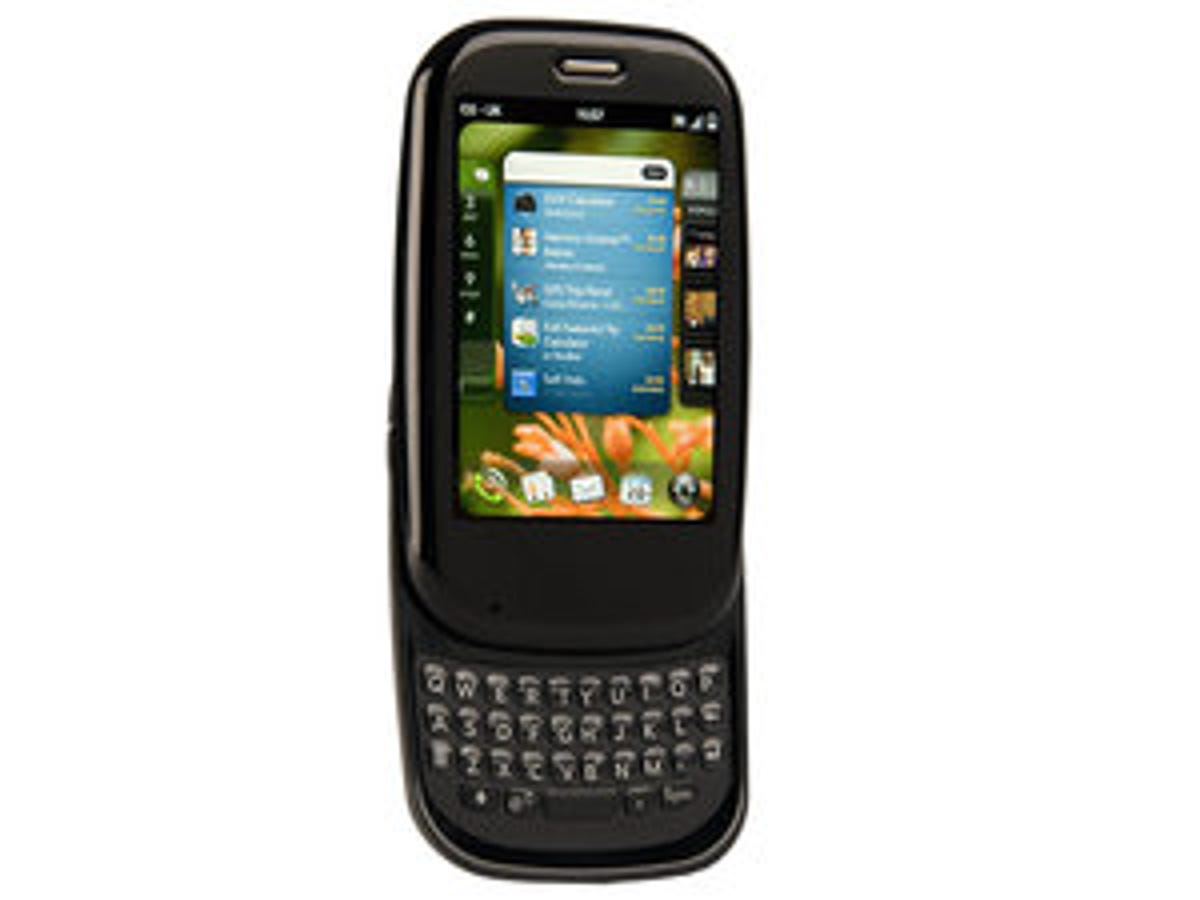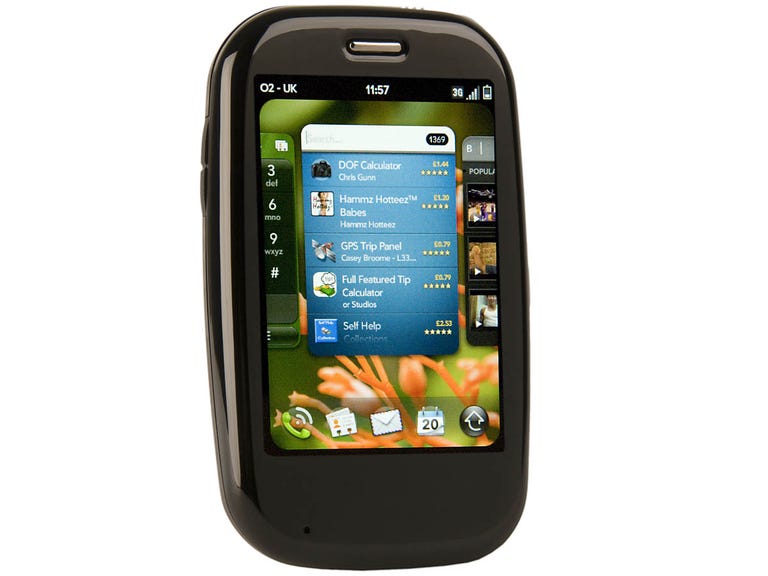 Why You Can Trust CNET
Why You Can Trust CNET Palm Pre Plus review: Palm Pre Plus
The Pre Plus keeps everything that was great about the Pre, and adds more memory, a better keyboard and more power. The shelves of the App Catalog are still relatively bare, but, if you don't mind that, the Pre Plus will do a great job of keeping you in the loop when you're on the move
We loved the first Palm Pre, thanks to its slick webOS operating system, and despite its nascent app store. But we're having a hard time maintaining our enthusiasm eight months later, now that Android phones are going from strength to strength. Nevertheless, the Palm Pre Plus improves on the excellent Pre, with an even better keyboard, and more power and memory.
The Good
The Bad
The Bottom Line
You're looking at top-of-the-range pricing for the Pre Plus, starting from free on a £35-a-month, two-year contract. Currently there's no pay-as-you-go or SIM-free price available.
Smooth and slidey
Everything that made us give the Pre an Editors' Choice award in October 2009 is alive and well on the Pre Plus. (Check out our full review
of the granddaddy of webOS phones to read about it in more detail.) That means the
innovative, smooth user interface, the stunning 79mm (3.1-inch) screen and the
handy Qwerty keyboard are all present.

The keyboard has been tweaked slightly to be clickier and less rubbery, although the keys are still very small. We enjoyed typing on it, despite its size, but you may want to give it a spin before committing if you have huge thumbs. There's still no on-screen keyboard, so you're out of luck if you want to type with the phone closed or in landscape mode.
The Pre Plus has ditched the Pre's nubbin-like home button and integrated its functions into the touch-sensitive area underneath the screen. This change makes the phone look even more streamlined, and it's easy to get used to. The backwards-swipe gesture that returns you to the previous screen is as addictive and intuitive as ever.
We found the slider on the original Pre to be rather wobbly, with sharp plastic edges. On the Pre Plus, the slider feels more solid, and it has more spring when you slide it up with one thumb. The edges feel slightly smoother, but they're still sharp.
Memory monster
Besides beefing up the hardware, Palm has also pumped up the brains of the
Pre Plus. The memory has been increased from 8GB to 16GB. That's especially
handy since there's no memory-card slot, which means you can't expand the memory
yourself. Happily, transferring your music and other files onto the phone using the USB cable is straightforward, so we don't think you'll miss having a memory card that
you can swap in and out.
The Pre Plus also has more RAM than its predecessor, which means it can handle more apps running at the same time, and even zippier games like Need for Speed. We found that apps only took a moment to load, compared to the longer load times on the first Pre, although the phone still takes some time to boot up.
The Pre Plus doesn't offer much longer battery life than the Pre. Unlike the Pre, however, it comes with an inductive back cover for use with the Touchstone wireless charger. You can buy the charger online for around £17.50. Otherwise, you'll have to charge the Pre Plus via a USB cable, and lifting up the USB cover to access the socket is surprisingly annoying. With intensive use of battery-hungry features like Web browsing and GPS, we found that the Pre Plus needed to be charged at least once a day.
Abortive app attack
Sadly, the Palm App Catalog hasn't grown up with the hardware, and it's
lagging far behind the iPhone App Store and Android Market. We can
forgive this in the case of a comparatively inexpensive phone focused on social networking,
like the Palm
Pixi Plus, but it's a big disappointment in a top-of-the-line smart phone with a price tag to match.
There are still plenty of decent apps available, such as the official Facebook app, but the Pre Plus is a good choice only if you're not that bothered by the app madness sweeping the nation. While the Pre Plus' user interface is good enough to take on all comers, its app store definitely isn't.
WebOS wonder
It's a pity that the App Catalog hasn't taken off with a vengeance,
because the webOS operating system is one of our favourites. It
doesn't seem as innovative now as it did on the Pre, but that's because many of its
benefits have been aped by phones running the Android operating system.
For example, webOS can multitask, so you can run several apps at once, which you
can't do much of on the iPhone. There's also the Synergy feature, which merges
your contacts from your Gmail and Outlook accounts with info from Facebook,
LinkedIn and other social networks.
For social-networking fiends, there's an official Facebook app, a choice of Twitter apps, and a bundle of other options. The Web browser is small but perfectly formed, so, if there isn't an app for your particular need, you can just go online instead.
If good old email is more your cup of tea, you'll be glad to know that the Pre Plus has one of the slickest email clients available on a phone. It brings all of your mail into one place, letting you view it in separate inboxes or one huge mother of all inboxes. That's a feature you won't see on Android phones, which segregate Gmail from other email.
Conclusion
It's been almost a year since the original Palm Pre dropped in the US -- that's about 20 phone years. WebOS is still slick and user-friendly, and
we can't wait to see it on tablets and
netbooks. But there's been plenty of Android-flavoured water under the
bridge since the Pre's launch, and the arrival of phones like the HTC Desire
means the Pre Plus doesn't feel as fresh as its predecessor.
We also want more from the App Catalog, which still feels far behind its competitors. But, if you're not that bothered about apps, the Pre Plus does a great job of handling your mobile world, from contacts to email, in a beautifully designed smart-phone package.
Edited by Charles Kloet
